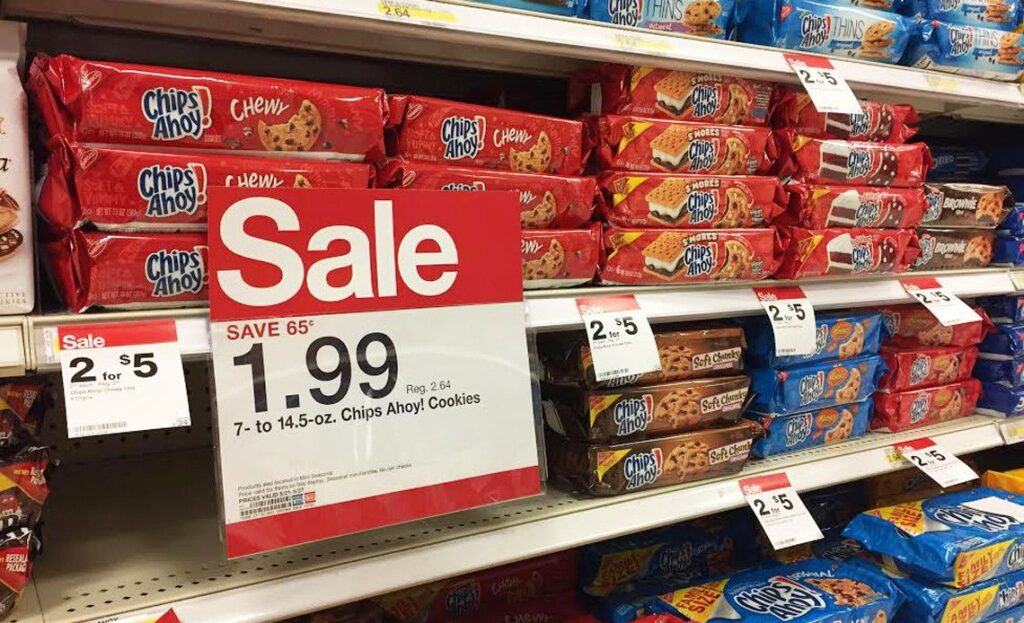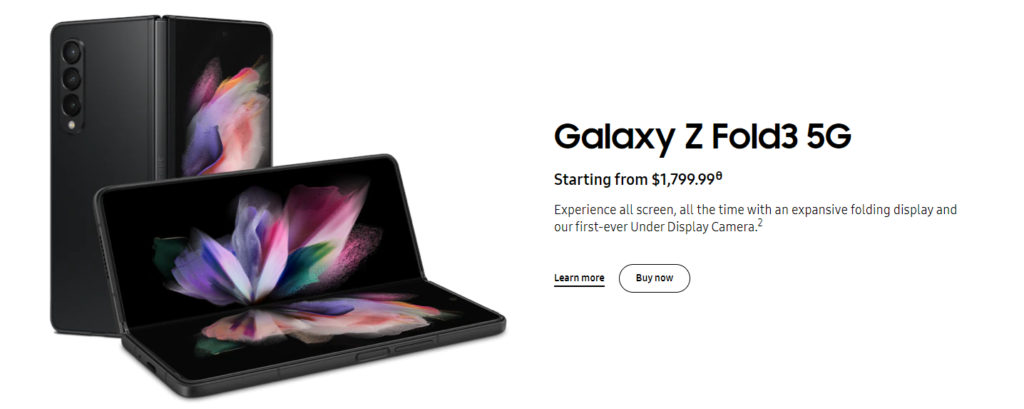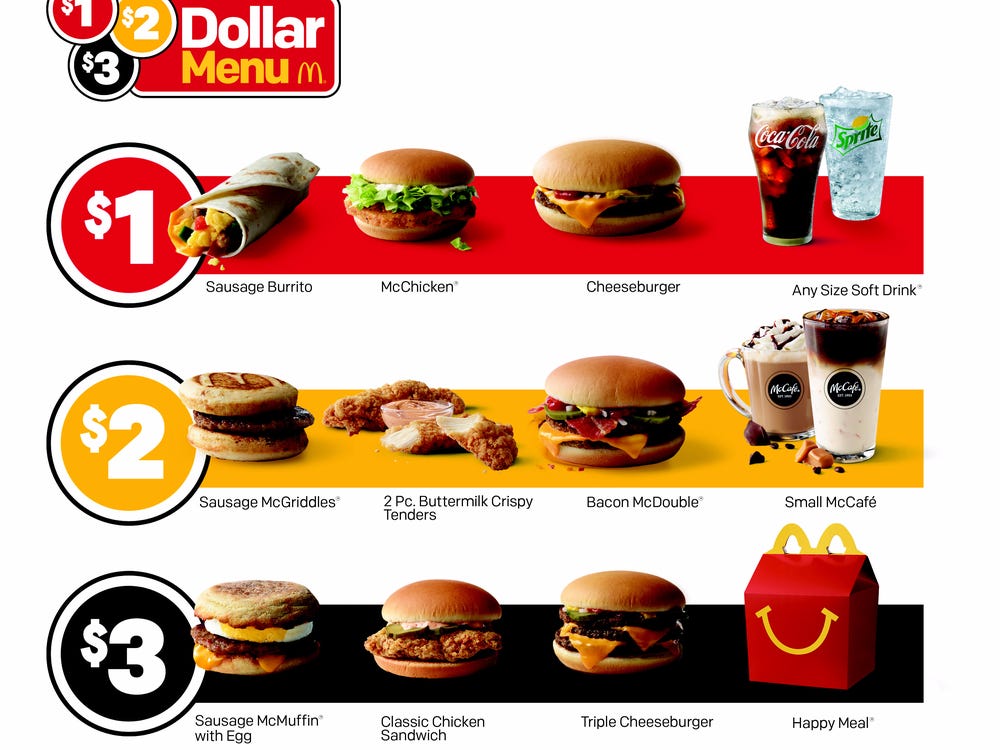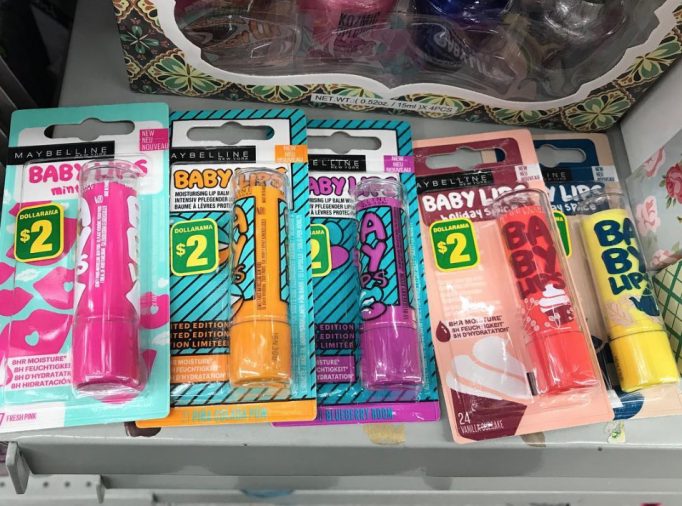Odd-even pricing strategy – definition and examples
- 28 January 2022
Do you remember our post about psychological pricing? One of the techniques that we mentioned there was the odd-even pricing strategy. And since it’s quite interesting and versatile to use in different business setups and sectors, we decided to devote a whole new article just to it.
To be precise, we have to emphasize that these are actually two pricing strategies squeezed into one. In both scenarios, the goal is to make the final price seem lower or more attractive to the potential buyer. Let’s start with the definition of odd-even pricing.
Odd-even pricing definition
Here, it’s all about presenting the product price in a specific manner. These strategies are actually quite straightforward:
- The odd pricing strategy is used to set product prices just under a round number (so-called odd number, e.g., 9.99 or 19.97).
- The even pricing strategy is used to set prices ending in a whole/even number (e.g., 0.20, 10.50).
What’s the idea behind these pricing strategies? It’s all about the perception of the price. Let’s use a simple example to show you how it works. Suppose you want to sell a hoodie. You can set its price at 30 USD. If you do, psychologically, it lands in the thirties. People only see that 3 and concentrate on it. But what happens if you set the price at 29.99? Exactly, it lands in the twenties. This means that the same hoodie – psychologically – is 10 USD cheaper. And it doesn’t really matter that the actual price difference is just 0.01 USD. It’s all about how your customers perceive the price; math doesn’t play a significant role here.
This raises the valid question: Is this odd-even pricing strategy really effective? Without a doubt! And the fact that thousands of both brick-and-mortar and online stores use this technique only proves our point.
Now, let’s take a look at some examples of this strategy in action. We gathered examples from both offline and online retail.
Odd pricing examples
When you think about it, odd-even pricing is exploited literally everywhere, from large-format stores to restaurants and handicrafts. Let’s start with a few examples of odd pricing:
TARGET
This American retail chain has mastered this technique to perfection. Along with a large “Sale” sign, customers are successfully encouraged to buy the discounted product.

image source: https://pl.pinterest.com/pin/275775177165328031/
SAMSUNG
It’s one of many manufacturers of electronic products that uses the odd pricing strategy. For instance, take a look at their Galaxy Z Fold3 price:

image source: https://www.samsung.com/us/smartphones/
The vast majority of their products are priced the same way. The reason is apparent – the customer sees 1,700 USD price, not 1,800 (which it effectively is). One cent helps Samsung make 100 USD.
Even pricing examples
It may seem that this pricing strategy is slightly less popular, but you can still find it in many restaurants, service points, and stores. If you want to see a good example of an online store that exploits this strategy, take a look at DollarTree.com. And here we have two more examples:
MCDONALD’S
Some time ago, they introduced a menu where several meals and burgers were available at 1, 2, or 3 USD:

image source: https://www.businessinsider.com/mcdonalds-new-dollar-menu-how-much-customers-save-2017-12?IR=T
DOLLARAMA
This Canadian retail chain has already been mentioned some time ago on our blog. In their brick-and-mortar stores, you can find a wide range of products, from food and cosmetics to home decorations and garden equipment. The vast majority of their products are offered at low, even prices that rarely exceeds 5 CAD:

image source: https://www.styledemocracy.com/always-buy-at-dollarama/
As you can see, both these techniques are extremely popular. You can try them in your store as well. The best thing is to try both odd and even pricing and see which one works best in your case. And this is where our role begins.
Exploit odd and even pricing with Dealavo
To test these pricing strategies in your online store, you will need our price automation platform. This platform sets prices in your store based on what happens on the market, but according to your predefined rules. So, for example, you can decide that you want to always be in TOP3 in a specific product category on Amazon or Google Shopping. Our platform will enable that for you by analyzing and optimizing prices 24/7. But you can also set other rules, e.g., for prices to end with an odd or even number. So with our platform, every price in your store can end with .99 or .97.
Take a look at the linked page and see how Dynamic Pricing works. And if you’d like to give it a shot – request a free demo today!